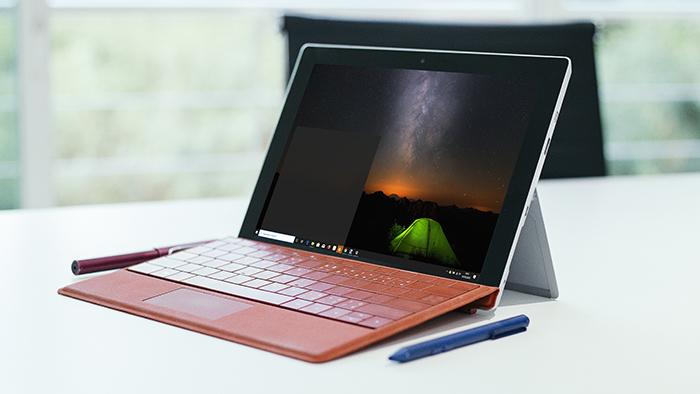
Can’t open Settings in Windows 10
The Windows 10 operating system in question is good because it allows you to quickly solve a number of problems if necessary. If it is impossible to open the settings, for example, in the 10th version of Windows, there are several ways to fix the situation — both built-in and third-party. Our experts have selected the most simple and effective.

Problem Solving Methods
How to open unopenable settings in Windows 10? It’s simple: we use proven methods. About them further.
Scanning SFC
To ensure that the settings in Windows 10 open as expected, try scanning and repairing system files in automatic mode. First you need to call the command line. The easiest way to do this is to use the menu (introduced in the latest versions of dozens) — invoked by right-clicking on the Start button. Or you can do it differently by pressing the key combination Win + X. There is also an option for the lazy: write «cmd» in the search bar, right-click on the pop-up line and select the «Run as administrator» option.
In the window that opens, enter the following command: «sfc /scannow» and wait for the process to complete. At the end of the scan, the system will give one of three possible answers:
-
No errors;
-
Detection of errors in system files (Windows will fix them automatically);
-
Detection of errors, some of which the system is not able to recover.
-
If you see exactly the last option on the screen of your monitor, try rebooting the device and repeat the procedure.
We use the official tool
Starting in version 1703, system settings troubleshooting is available in their own interface. To solve the problem, you need to follow a number of steps:
-
Go to Start, select the Settings tab (denoted as a gear). Or you can use a faster method — by pressing the keyboard shortcut Win + I.
-
Find the «Update and security» section, in the list that opens, select the «Troubleshooting» option.
-
A list of possible problems with system parameters will open on the right side of the window. Select the current one and feel free to click on the troubleshoot button below.
-
Follow the system prompts (these steps may vary for different Windows 10 updates).
Keep in mind that running automatic troubleshooting with options is only available in certain cases:
-
Sound/video playback;
-
Lack of internet connection;
-
Windows Update;
-
Printer operation;
-
Food, etc.
Create a new user

Have you tried the above methods and all to no avail? So, it’s time to move on to more radical measures — creating a new account (administrator). If you cannot do this due to problems with opening the settings, use the Common Console Document (for those who have Windows 10 Pro installed).
First, open Start and in the search bar enter the following command — «lusrmgr.msc» or you can make it easier by pressing the Win + R key combination, and then enter the above command. A window with local users/groups will appear on the screen. On the left side of it you will see the «Users» folder. Right-click on it and select the «New User» option.
For those who have version 10 installed — Home Edition, a slightly different way of working with the command line will do. It is necessary, again, to go to Start and enter «Command Prompt» in the search bar. Then right click on it and run as administrator. At the command prompt, enter the following command — «net user name password / add». You need to choose a username and password for the new user.
Reinstalling system apps
Settings is a built-in (system) utility in Windows 10. This means that after reinstalling it, any problems associated with opening / using the desired tab should disappear.
-
To reinstall, you just need to «enable» the Powershell utility through the search in the Start menu. In the window that opens, click on the name of the PCM utility and run as administrator.
-
In the window that appears on the screen, enter the command: “Get-AppXPackage | Foreach {Add-AppxPackage -DisableDevelopmentMode -Register «$($_.InstallLocation)AppXManifest.xml»}». That’s all: problem solved.
Добавить комментарий
Для отправки комментария вам необходимо авторизоваться.